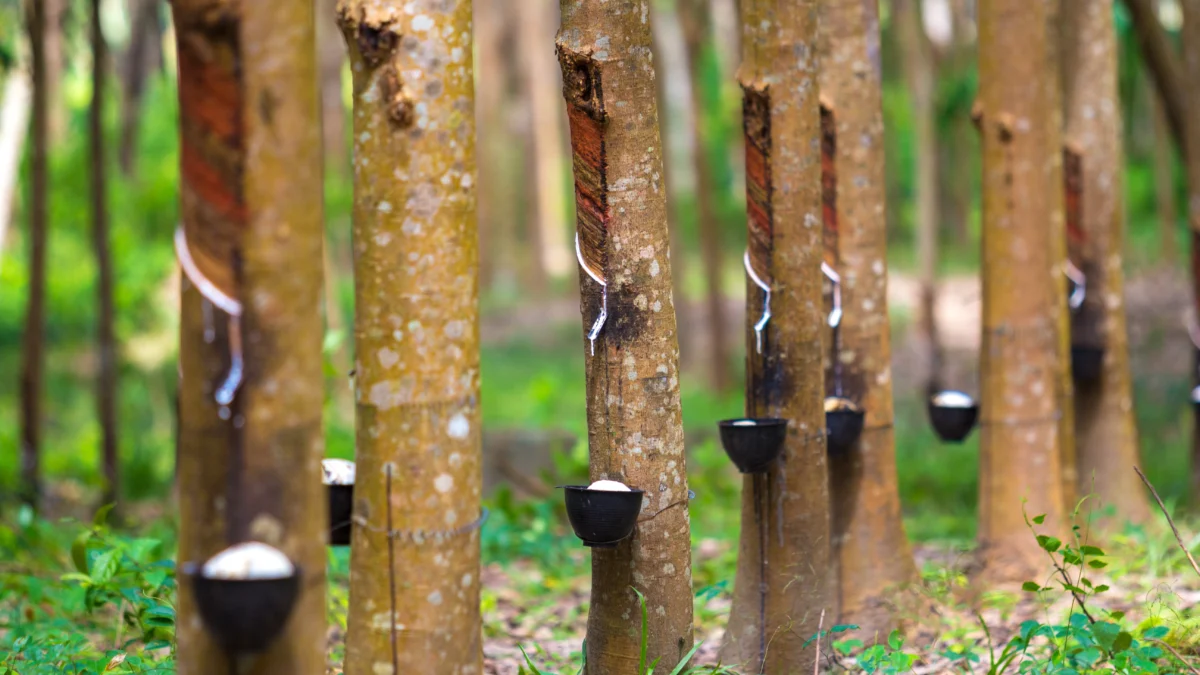When we think about energy sources that power our world, images of coal plants, solar panels, and wind turbines often come to mind. However, long before the industrial revolution and the rise of modern energy systems, humanity relied on something much simpler—traditional biomass. Despite being an age-old energy source, traditional biomass remains a critical player in the global energy mix, particularly in developing regions.
In this post, we’ll explore what traditional biomass is, how it’s used, and its significant—though often overlooked—role in the global energy landscape.
What Is Traditional Biomass?
It refers to organic materials that are used in their natural or minimally processed form to produce energy. This includes wood, charcoal, agricultural residues (such as crop stalks and husks), and animal dung. These materials are typically burned directly to generate heat for cooking, heating, or even small-scale industrial processes.
Unlike modern biomass—which often involves advanced technologies to produce biofuels, biogas, or pellets—It is usually used with rudimentary equipment such as open fires, basic stoves, or simple furnaces.
Common Forms of Traditional Biomass
- Firewood – The most common form, especially in rural households for cooking and heating.
- Charcoal – Often used in urban areas where wood is scarce or transportation is difficult.
- Crop residues – Includes husks, stalks, and leaves left over after harvesting.
- Animal dung – Dried and used for fuel in regions with limited access to wood.
Historical Perspective
It has been humanity’s primary source of energy for thousands of years. Long before the discovery of fossil fuels, people relied on wood and other natural materials to cook food, keep warm, and even power early industrial tools.
In many parts of the world, especially in Africa, Asia, and Latin America, these traditional practices remain largely unchanged. According to the International Energy Agency (IEA), about 2.3 billion people still rely on It for their daily energy needs.
How Is Traditional Biomass Used Today?
While often overshadowed by modern energy technologies, It remains crucial in many low-income countries where access to electricity and cleaner fuels is limited.
Cooking and Heating
The most common use of traditional biomass is for cooking. In rural areas of sub-Saharan Africa and South Asia, families often rely on open fires or simple clay stoves to prepare meals. Similarly, biomass is used for space heating in colder regions with limited access to modern heating systems.
Small-Scale Industry
In some cases, traditional biomass also fuels small-scale industries such as brick-making, pottery, tobacco curing, and tea drying. These industries depend on locally available biomass due to cost and accessibility constraints.
The Pros and Cons of Traditional Biomass
Benefits
- Availability – Biomass materials are often readily available and renewable if harvested sustainably.
- Low Cost – It is typically cheaper than modern fuels, especially in rural or remote areas.
- Cultural Relevance – In many communities, traditional biomass use is deeply ingrained in local customs and practices.
Drawbacks
- Health Risks – Burning biomass indoors with poor ventilation releases harmful pollutants, leading to respiratory diseases and premature deaths.
- Environmental Impact – Unsustainable harvesting can lead to deforestation and soil degradation.
- Inefficiency – Traditional biomass systems are usually inefficient, leading to more fuel consumption and greater environmental harm.
- Time Burden – Collecting fuelwood often falls to women and children, taking time away from education or income-generating activities.
Traditional Biomass vs. Modern Energy Solutions
While traditional biomass has clear disadvantages, it’s important to note that for many communities, it is not a matter of choice but necessity. However, transitioning to modern energy sources—such as liquefied petroleum gas (LPG), electricity, or improved cookstoves—can offer significant benefits.
Modern solutions are often:
- More efficient and cost-effective over time
- Safer for health
- Less harmful to the environment
Yet barriers remain, including affordability, infrastructure, and cultural acceptance.
Global Energy Trends and the Role of Traditional Biomass
Despite increasing global investments in clean energy, traditional biomass continues to account for a large share of energy consumption in developing countries. According to the World Health Organization, household air pollution from traditional biomass use is one of the leading environmental health risks globally.
In sub-Saharan Africa, for example, traditional biomass still accounts for up to 60–80% of total energy use in some countries. This reliance is expected to persist unless significant strides are made in clean energy access and poverty reduction.
Moving Toward Sustainable Biomass Use
To address the challenges associated with traditional biomass while acknowledging its importance, several strategies can help:
1. Improved Cookstoves
Technologies like improved biomass stoves can significantly reduce fuel consumption and indoor air pollution. These stoves burn biomass more efficiently, reducing emissions and saving time on fuel collection.
2. Sustainable Harvesting Practices
Encouraging the sustainable management of forests and promoting agroforestry can help ensure a reliable, renewable supply of biomass without degrading ecosystems.
3. Education and Awareness
Raising awareness about the health impacts of traditional biomass use can drive demand for cleaner alternatives and influence policy decisions.
4. Policy Support and Financing
Government subsidies, microfinancing options, and investment in clean energy infrastructure are critical to supporting the transition from traditional biomass to modern energy sources.
Conclusion
Traditional biomass plays a dual role in the global energy equation: it is both a lifeline and a limitation. For billions, it remains the primary source of cooking and heating energy, underscoring a stark energy divide. While modern energy solutions offer promising alternatives, traditional biomass cannot be phased out overnight without major investments in infrastructure, education, and economic development.
The future of global energy must be inclusive. Addressing the challenges of traditional biomass use—while respecting the realities of those who depend on it—is essential for building a more equitable and sustainable energy future.



